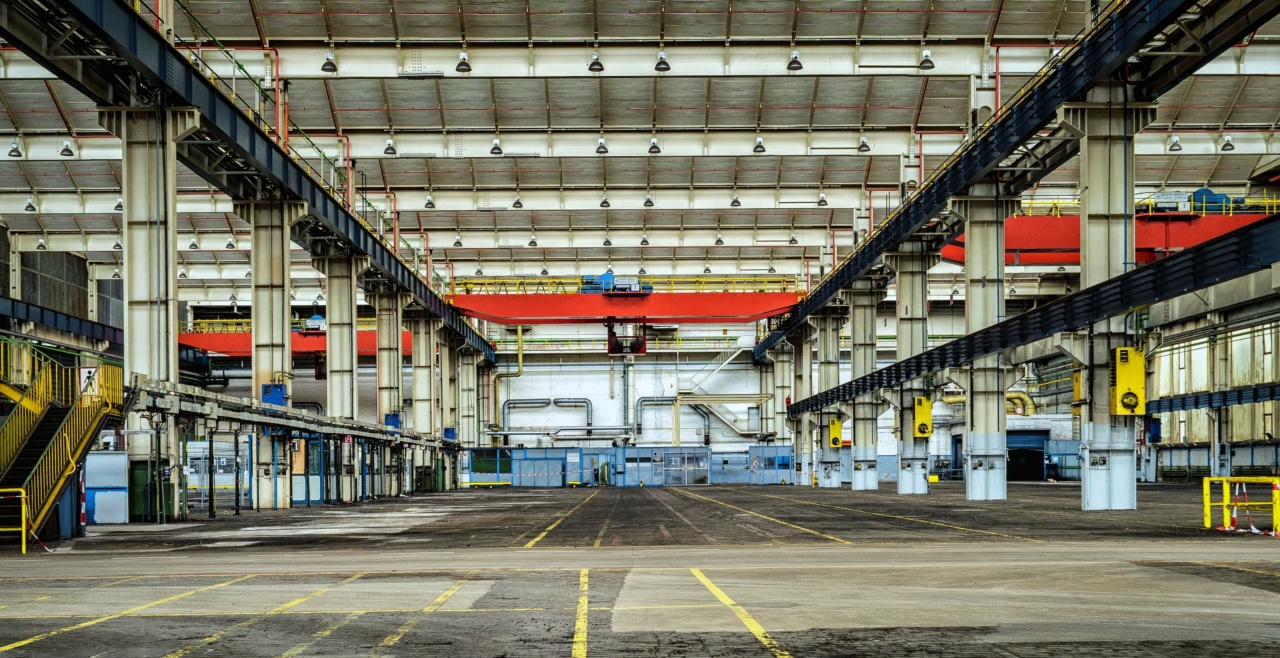While 2022 was somewhat tumultuous, looking ahead to 2023, the commercial real estate market is poised for a number of changes and shifts. Here are our top 10 predictions for what we can expect to see in the coming year.
1. Interest Rates
The Federal Reserve, has said that it plans to keep interest rates low until inflation and employment goals are met. However, we think they will increase the short-term rate after the most 0.50%. The potential increase will create more volatility, which will impact cap rates, purchase prices and development.
2. Capitalization Rates
If the Fed increases interest rates, cap rates rise somewhere between 6.5% to 7.0%. If rental rates decline, projects with negative leverage will experience potential equity loss based on new macroeconomics. The playing field is expected to level off in 2023, which should result in more transactions. A recession would also lead to more defaults and foreclosures. Properties that are over-leveraged will see substantial vacancy and tenants not able to pay rent.
3. CRE Capital
States with lower taxes (FL, TN, TX, NV, NC, AZ, GA, etc) will see more investment than States with higher taxes and higher overall costs. The lower risk adds an additional layer of comfort with investors and lenders.
4. Proptech
Real estate technology will continue to evolve, making it easier for buyers and sellers to find and complete transactions. This will speed up the pace of commercial real estate transactions and make it more efficient through various SAAS platforms. Automation will continue to push forward as companies seek out alternatives to labor and productions issues.
5. Governmental
The Biden administration’s focus on infrastructure will create opportunities for commercial real estate development near transportation hubs, as well as for energy-efficient and sustainable buildings.
6. Industrial
Continued growth in e-commerce will lead to an increased demand for warehouse and distribution space. With more people turning to online shopping, businesses will need more space to store and ship products. With average asking rents increasing by about 50% over the last five years, some predict rent levels declining. However, with spec development on hold and increased warehouse demand, we predict rates to remain steady and increase as second-generation warehouse space is absorbed.
7. Hotels
The asset class most effected by Covid will become the most favored investment. Quite a few hotels were sold at 60% on the pre-pandemic dollar in 2021 and 2022. With pent up demand for business and leisure travel, the asset class will make a comeback.
8. Office
Remote work will continue to drive changes in the office market. While companies have realized employees can be productive at home, more are calling for employees to come back to the office 50% of the week. Traditional office space may not be the darling of CRE in 2023, but it will see some light as users switch to a norm of hybrid formats.
9. Healthcare
The continued growth of the healthcare sector will result in more demand for medical office space, as well as for senior living facilities.
10. Multi/Single Family
Multi-family will remain in high demand as those recovering from financial loss from the pandemic are not able to purchase homes. Single-family rentals will continue to grow, however there could be slight rent decreases or stay flat as individuals are laid off and go into default on leases. That arena will see reduced rents and higher lease defaults.

